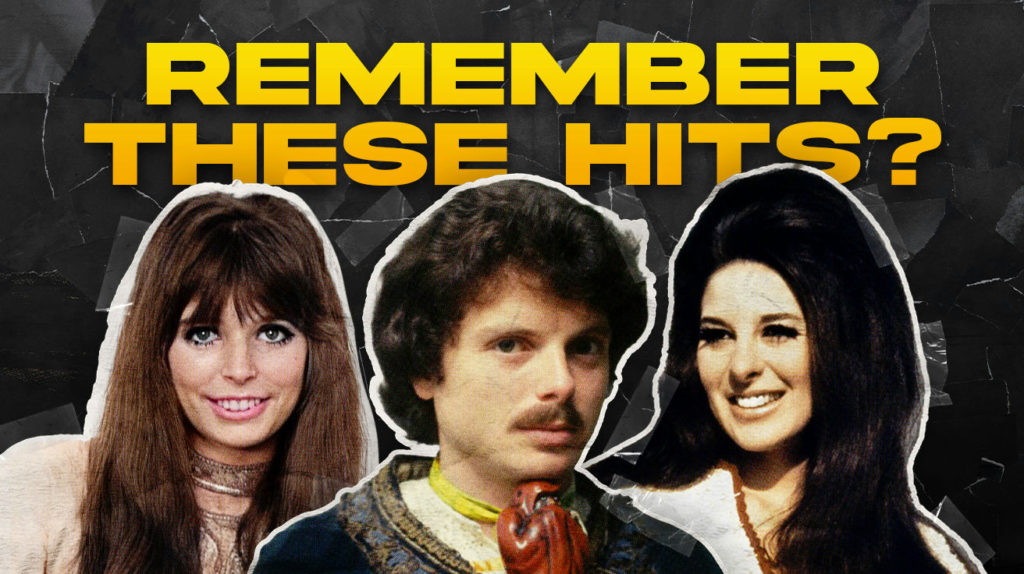
Your playlist needs fresh blood without losing that classic vibe. The 1960s overflow with perfect one-hit wonders waiting to be rediscovered. Each song packs emotional power that modern tracks often lack. From garage bands to accidental stars, these artists created magic they never repeated.
Let these fifteen forgotten classics breathe new life into your music collection.
15. Monster Mash – Bobby “Boris” Pickett
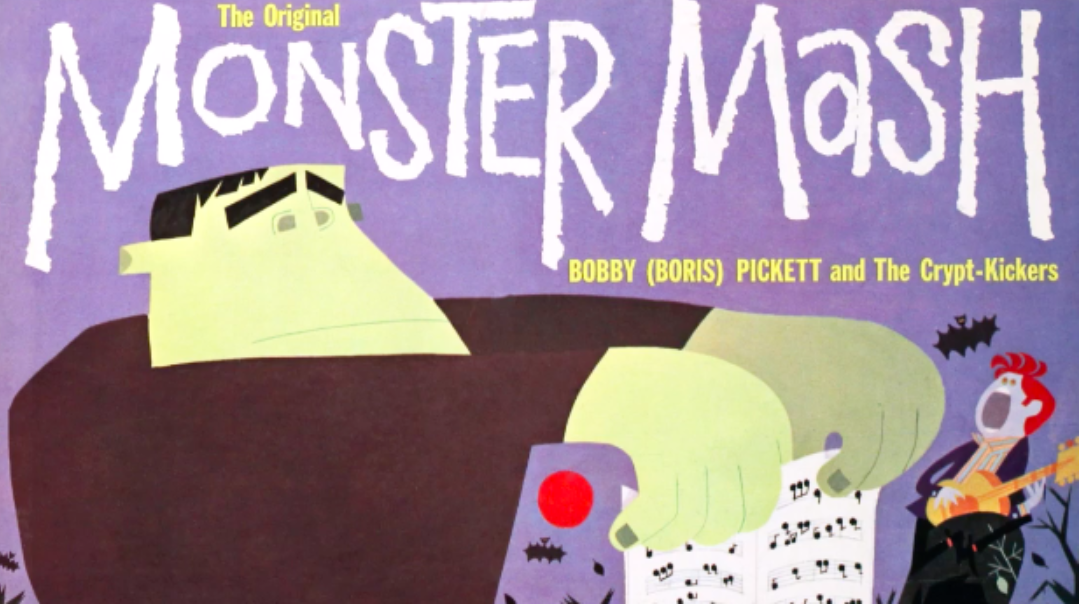
Need a Halloween party starter that never gets old? “Monster Mash” still reanimates any playlist decades after Bobby Pickett and Leonard Capizzi unleashed it in 1962. Pickett’s Boris Karloff impression transformed what could’ve been a forgettable novelty track into a cultural staple. The song hit #1 on Billboard for two weeks and has re-entered the charts multiple times over decades. Initially banned by the BBC for being “too morbid,” this million-seller has earned Pickett an estimated $10 million in his lifetime. If you’re hunting for the perfect Halloween track with staying power, nothing beats this graveyard smash.
14. In-A-Gadda-Da-Vida – Iron Butterfly
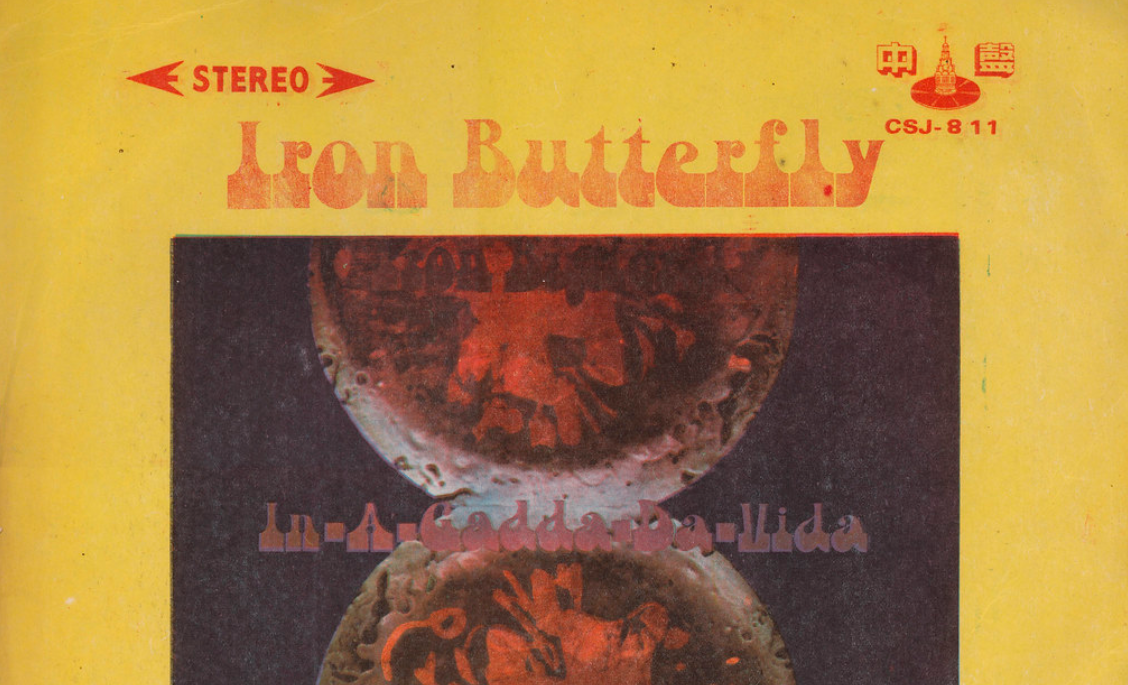
At a legendary 17 minutes long, “In-A-Gadda-Da-Vida” defied radio constraints and still captivated millions. The title came from a slurred attempt at “In the Garden of Eden,” but the mistake stuck. While the single only hit #30 on the charts, the parent album spent 140 weeks on Billboard charts and sold over 30 million copies worldwide. That iconic organ riff and extended drum solo helped pioneer album-oriented rock and influenced both heavy metal and progressive rock. Play the full album version at your next gathering and watch as listeners fall under its hypnotic spell.
13. In the Year 2525 – Zager and Evans
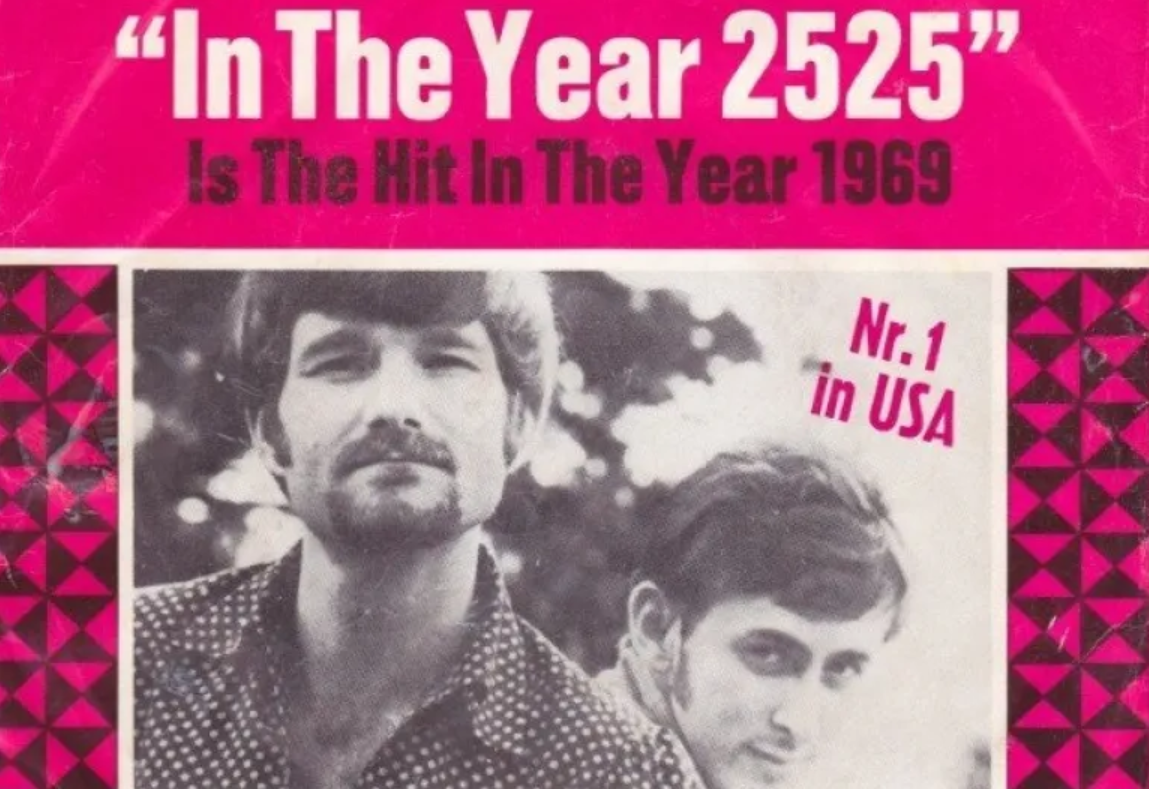
If you’re fascinated by dystopian predictions, “In the Year 2525” offered the first viral warning about technology’s dark side. Rick Evans actually wrote it five years before it topped Billboard for six solid weeks in 1969. It’s the only song to reach #1 in both US and UK by a group that never had another chart entry. The million-seller resonated with audiences during the moon landing and growing environmental concerns. The eerie accuracy of some predictions makes this track even more compelling when heard through modern ears.
12. Gimme Gimme Good Lovin’ – Crazy Elephant
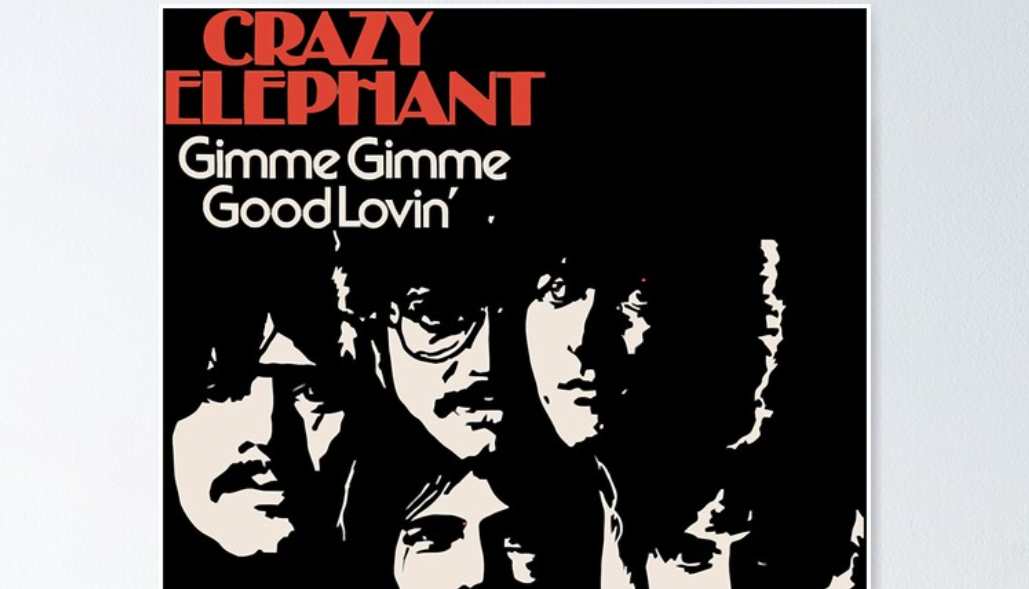
Pure, unfiltered musical joy erupts from “Gimme Gimme Good Lovin‘” with every play. Studio musicians posing as Crazy Elephant crafted this catchy track that reached #12 on both US and UK charts in 1969. The song earned a gold disc from the R.I.A.A. after selling over a million copies globally. Its bubblegum pop style was dismissed by some critics as disposable. Just try to stay still when that chorus kicks in—this track turns any room into an instant 60s dance party.
11. Spirit in the Sky – Norman Greenbaum
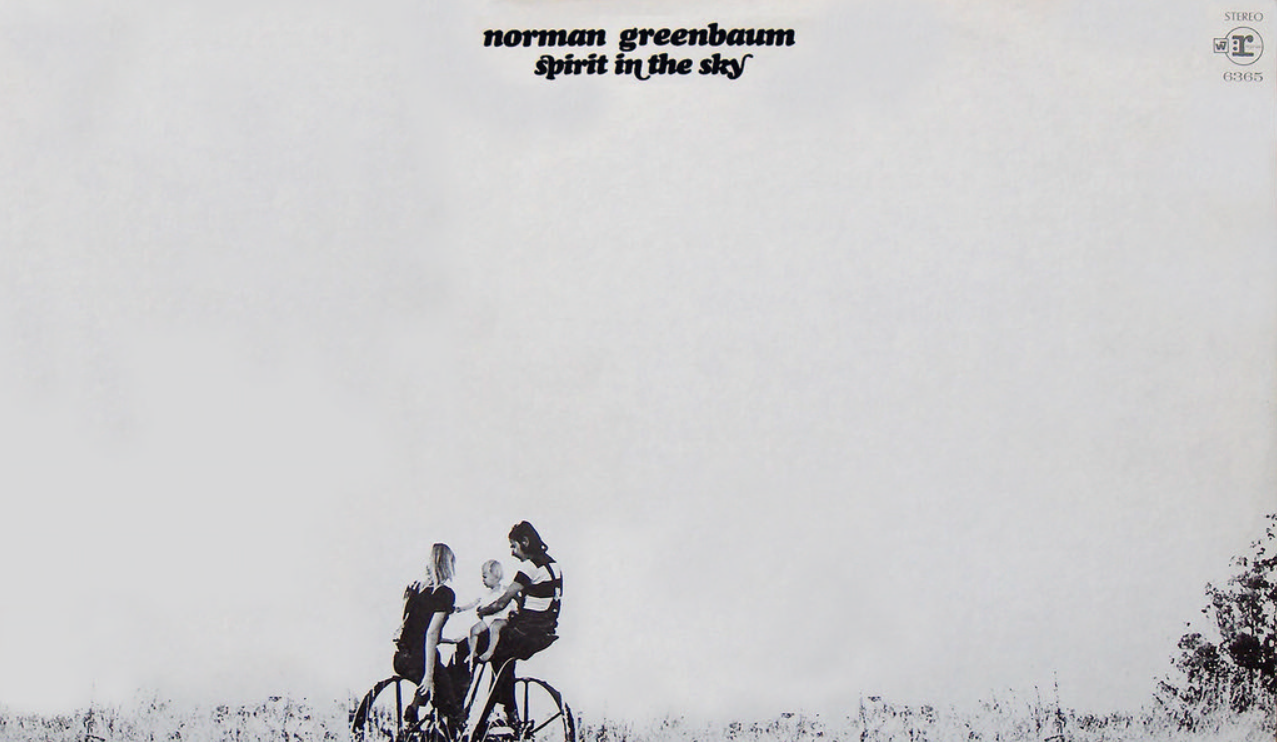
The fuzz guitar intro of “Spirit in the Sky” still grabs attention like nothing else on oldies radio. Norman Greenbaum’s 1969 masterpiece fused gospel themes with psychedelic rock, creating a sound that still feels fresh today. The distinctive guitar effect helped this track reach #3 on Billboard and top charts in the UK, Australia, and Canada. Despite selling over two million copies, Greenbaum never matched this success again. The song ranks #333 on Rolling Stone’s list of the 500 Greatest Songs of All Time. Movie soundtracks looking for instant 60s credibility still reach for this spiritual rocker decades later.
10. California Sun – The Rivieras

When winter blues hit, “California Sun” provides instant musical sunshine from an unlikely source. Midwest teenagers The Rivieras somehow perfectly captured California’s sun-soaked vibe without ever living there. Their December 1963 cover shot to #5 on Billboard by February 1964. The energetic garage rock arrangement with strong organ and guitar interplay helped it sell over a million copies and earn gold certification. The band’s momentum got interrupted by the British Invasion, and original members were replaced for touring due to age. This three-minute dose of musical vitamin D remains the perfect antidote to gloomy weather sixty years later.
9. San Francisco (Be Sure to Wear Flowers in Your Hair) – Scott McKenzie
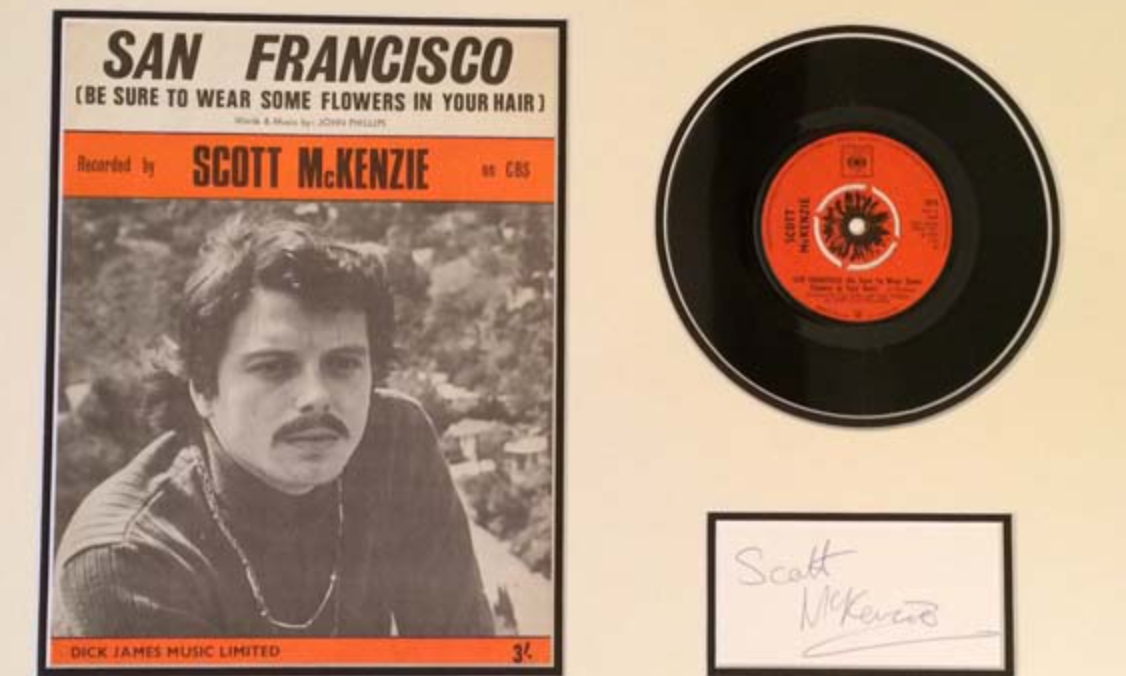
The unofficial anthem of 1967’s Summer of Love offers a gentle invitation to a cultural revolution. John Phillips crafted “San Francisco” for Scott McKenzie, whose delivery created a personal invitation to join the hippie movement. The track hit #4 in America and topped charts in the UK and several European countries. Used to promote the 1967 Monterey Pop Festival, it sold over 7 million copies worldwide. Some critics viewed it as overly sentimental. For a three-minute musical time machine to the height of flower power, this gentle anthem stands unmatched.
8. Who Put the Bomp (in the Bomp, Bomp, Bomp) – Barry Mann
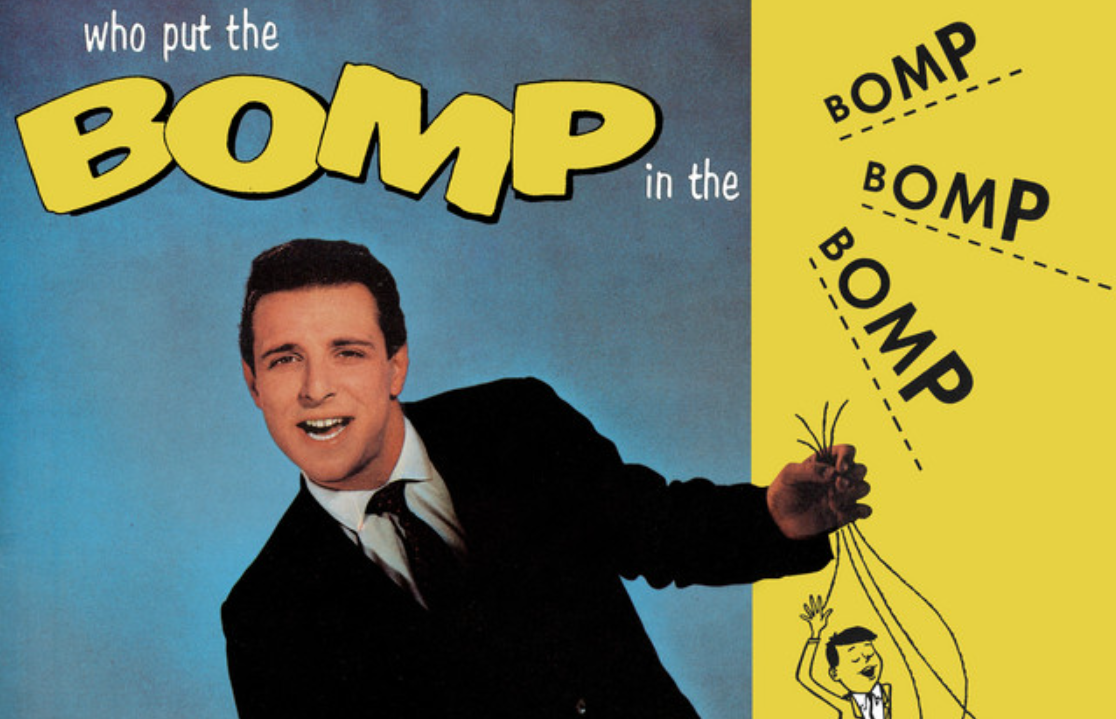
Decades before meta-commentary became common, “Who Put the Bomp” playfully analyzed its own genre. The songwriting team of Barry Mann and Gerry Goffin created this 1961 ode to nonsense lyrics in doo-wop music. Mann typically wrote hits for others, but his own vocal performance on this #7 hit captured the playful spirit of early rock. The song humorously references nonsense lyrics found in songs like “Blue Moon” and “Rama-Lama-Ding-Dong.” Backed by The Halos, this self-referential hit spent twelve weeks on the charts. Those struggling to explain doo-wop’s appeal need only play this track—it both celebrates and gently pokes fun at the genre in one perfect package.
7. Angel of the Morning – Merrilee Rush
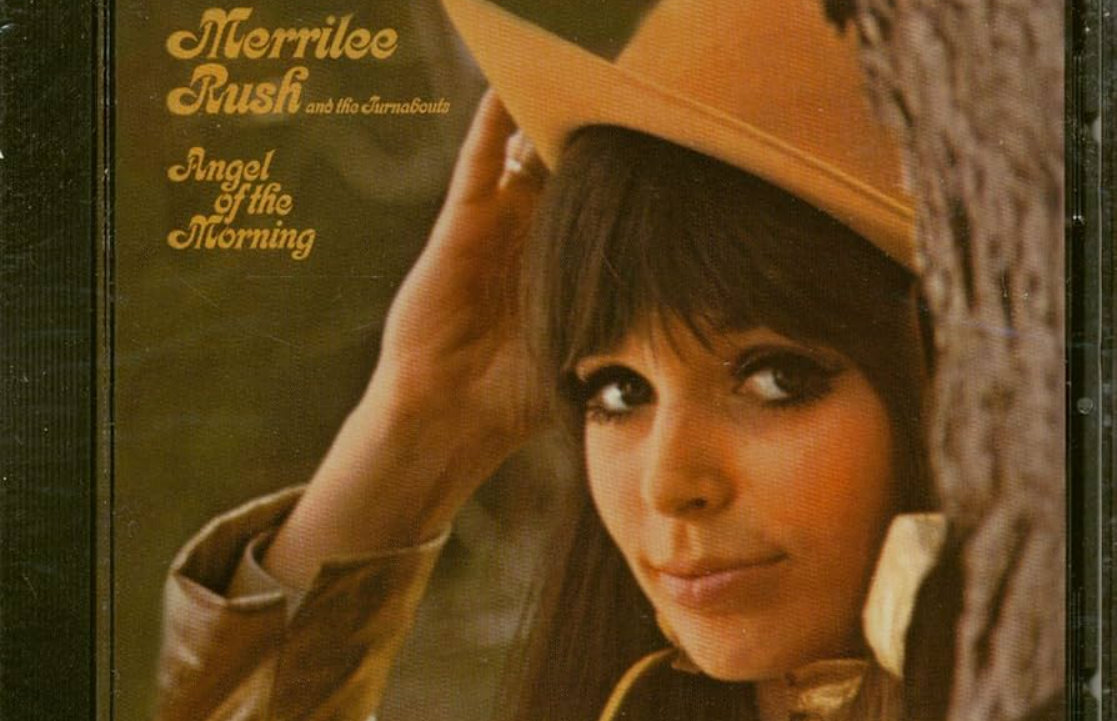
Before the sexual revolution fully arrived, “Angel of the Morning” dared to address adult relationships with remarkable honesty. Merrilee Rush recorded Chip Taylor’s song about a woman owning her choices in relationships. Recorded at American Sound Studio in Memphis with producers Chips Moman and Tommy Cogbill, this #7 hit explored female empowerment considered progressive for its time. Rush’s powerful vocal performance earned her a Grammy nomination. The song sold over 4.5 million copies worldwide. Woman-centered narratives rarely sounded this bold in 1968, making it a groundbreaking track that opened doors for future artists.
6. Sugar, Sugar – The Archies
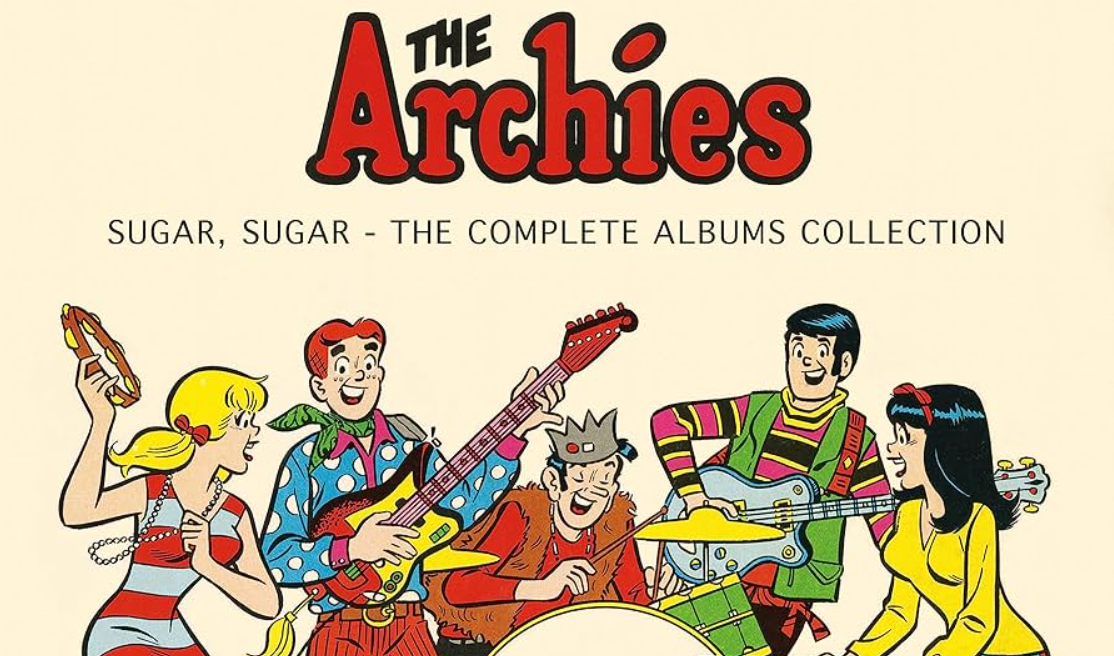
A fictional band created one of the most real earworms in pop history with “Sugar, Sugar.” Jeff Barry and Andy Kim’s candy-coated lyrics made this confection impossible to resist. Released on May 24, 1969, the track topped Billboard for four weeks and the UK Singles Chart for eight weeks. Selling over six million copies worldwide and earning gold certification in both the US and UK, this bubblegum pop anthem became the genre’s most successful single. As a cartoon band, The Archies never performed live. The next time you need a pure sugar rush of 60s pop perfection, this track serves up sweetness with no artificial ingredients.
5. Ode to Billy Joe – Bobbie Gentry
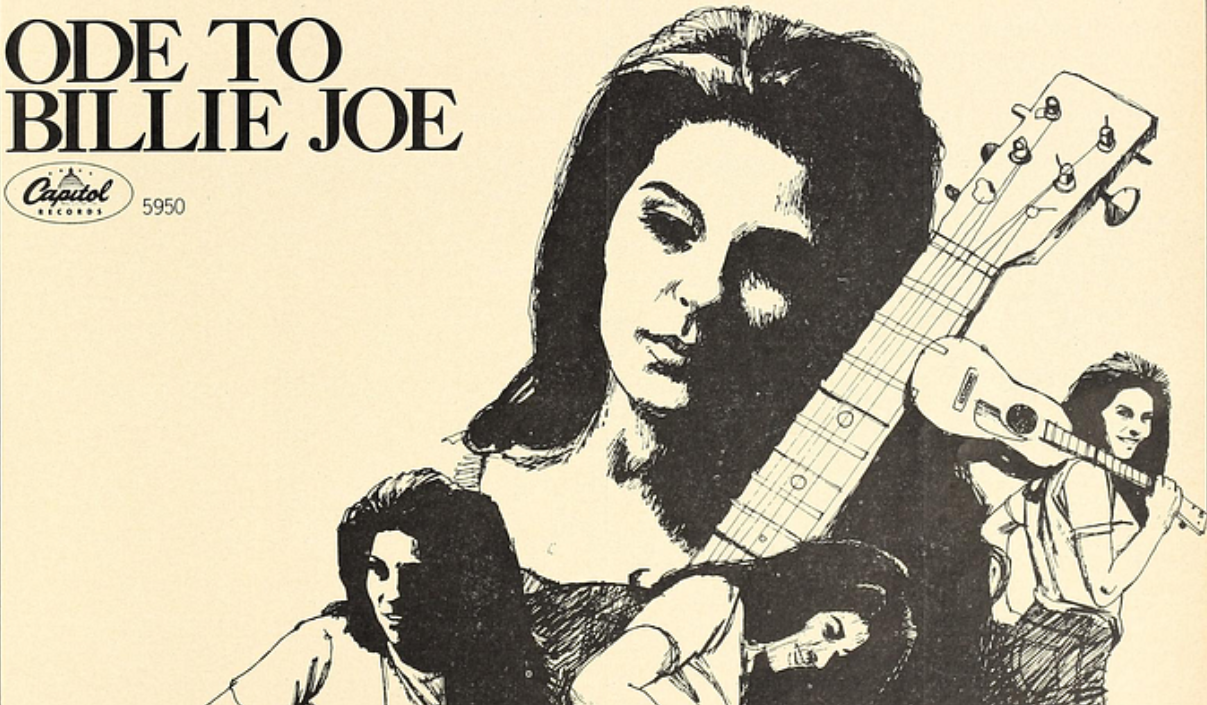
Literary storytelling rarely tops pop charts, but “Ode to Billy Joe” broke that rule with its Southern Gothic mystery. The question of why Billy Joe McAllister jumped off the Tallahatchie Bridge still haunts listeners in Bobbie Gentry’s 1967 story-song. Originally eight minutes long but shortened for pop release, this mysterious narrative topped Billboard for four weeks. Gentry, one of the first women to produce her own music, won four Grammys including Best New Artist for her compelling mix of country, pop, and blues. Her reluctance to explain the song’s mysteries has only added to its legacy, with tens of millions of copies sold worldwide. Narrative songwriting reached a high-water mark here that few storytellers have matched since.
4. A Little Bit o’ Soul – Music Explosion
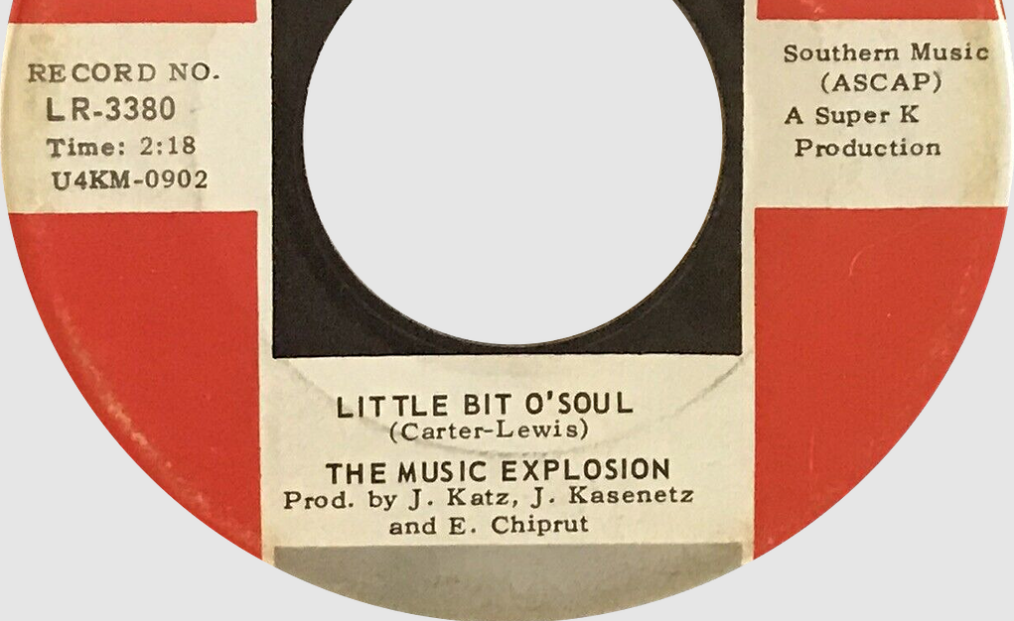
Raw energy explodes from every note of “A Little Bit o’ Soul,” the ultimate garage band success story. The Music Explosion lit up April 1967 with their barn-burner about finding inner strength. It shot to #2 on Billboard and #1 on Record World charts. Written by John Carter and Ken Lewis but made famous by this Mansfield, Ohio quintet, the song achieved gold status with over a million copies sold. Its classic bass-organ riff influenced later bands like The Ramones and 2 Live Crew, who covered or sampled it. Despite this massive success, band members felt underpaid by producers Kasenetz and Katz. Garage bands seeking that perfect balance of raw power and polish should study this track as a masterclass in energetic simplicity.
3. Stay – Maurice Williams and the Zodiacs
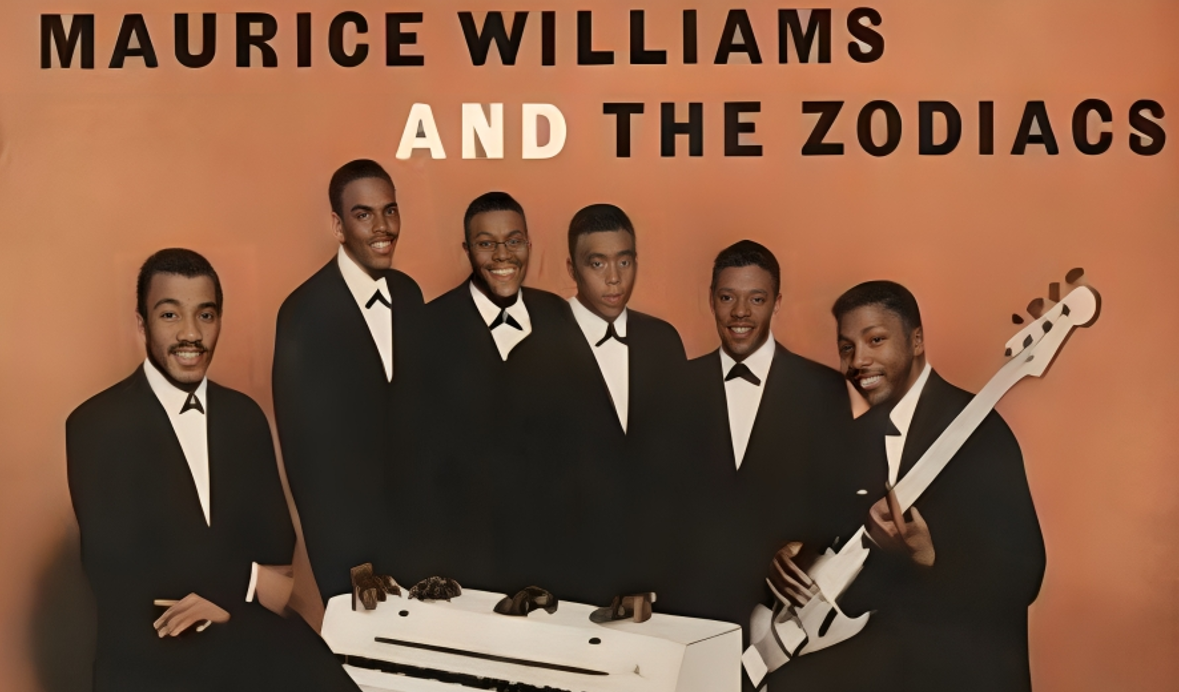
The shortest #1 hit in history packs more emotion into 98 seconds than most songs manage in four minutes. Teenage genius Maurice Williams wrote “Stay” when he was just 15 years old, and it became the shortest #1 hit in Billboard history at just 1:38. This 1960 doo-wop classic begs a lover not to leave, and its urgent plea still feels real. Williams packed more emotion into that minute and a half than most artists manage in a full song. Modern songwriters stretching simple ideas across bloated tracks could learn volumes from this exercise in musical efficiency.
2. Have I the Right – The Honeycombs
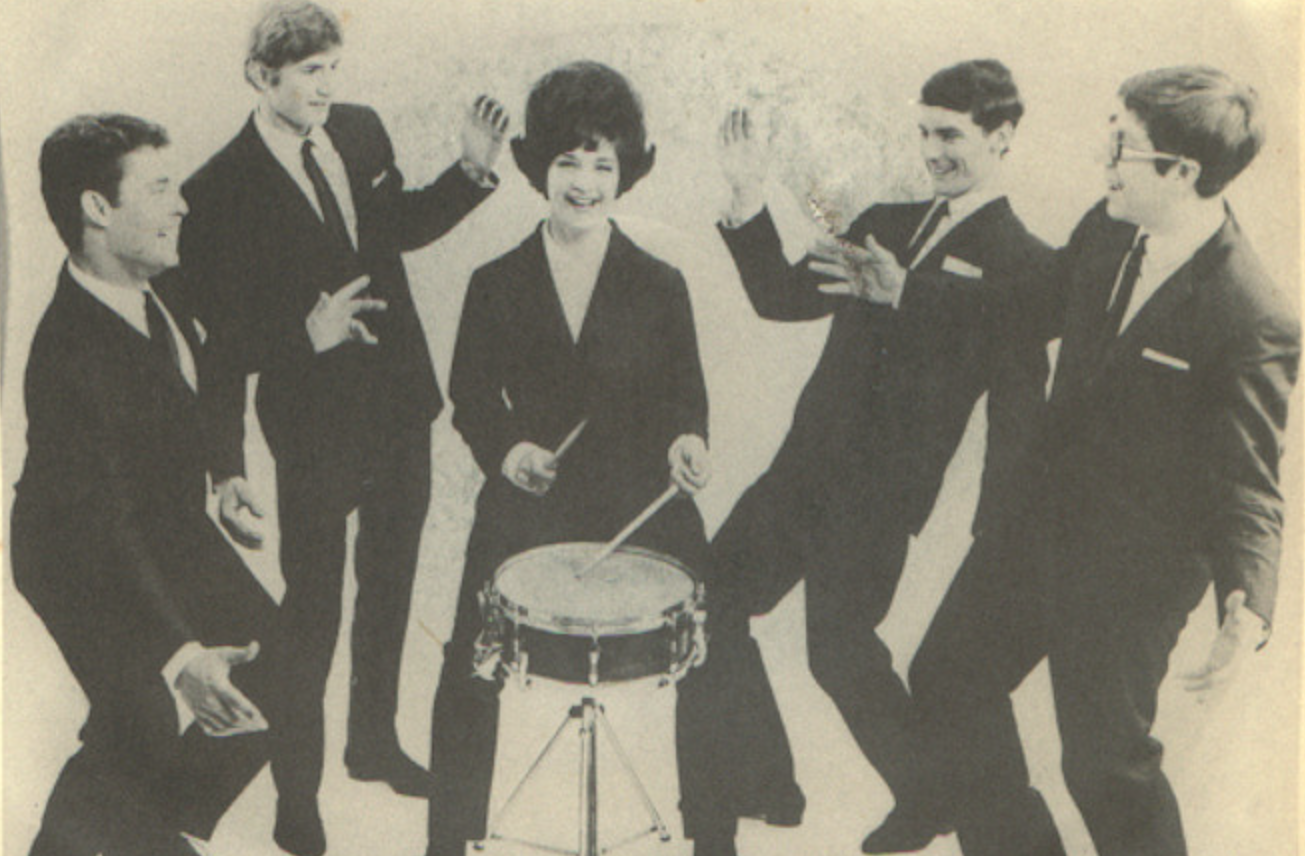
If you’re searching for innovative 60s production techniques, “Have I the Right” showcases its brilliance with its stomping stairs percussion. Gender barriers broke when The Honeycombs’ 1964 #1 UK hit featured female drummer Honey Lantree, rare for that era. The song’s simple question about permission to love someone struck a chord with listeners in Britain, though its success was largely confined to the UK market. Its mix of innocence and urgency captured the early British Invasion sound perfectly. Drop this track into a playlist between Beatles and Kinks songs, and you’ll wonder why it doesn’t get the same recognition as its more famous contemporaries.
1. Keep on Dancing – The Gentrys
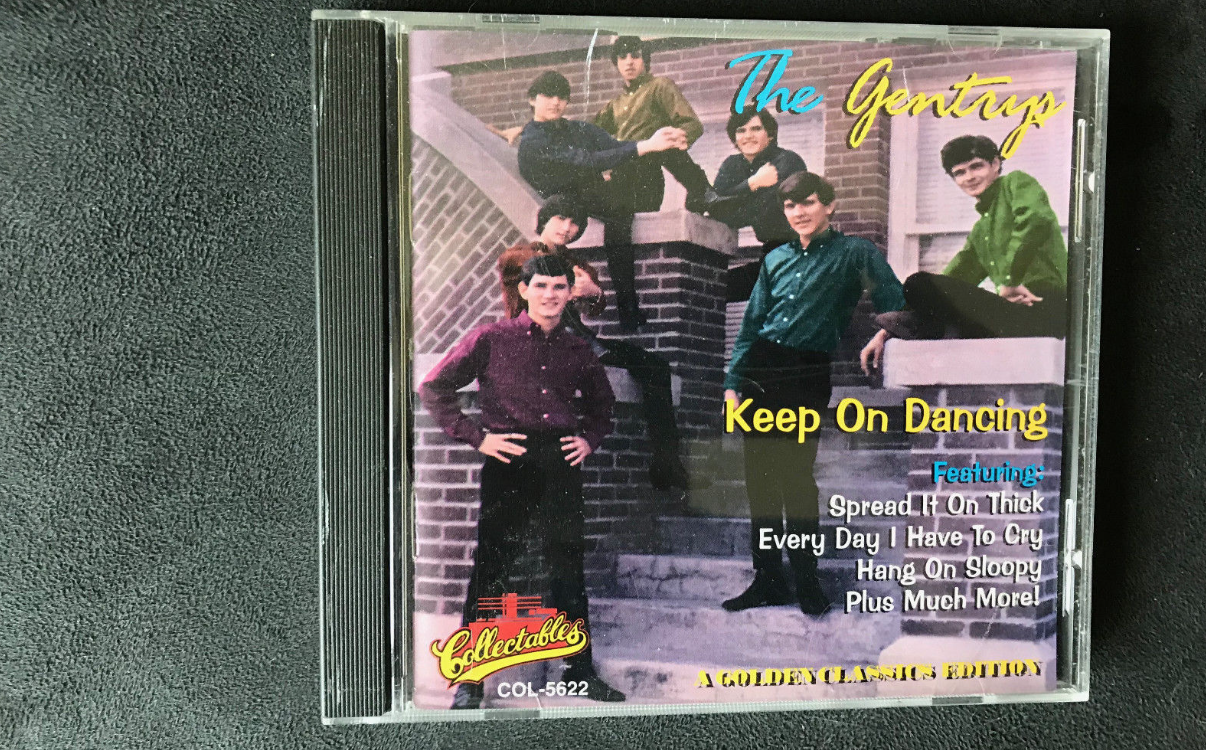
From high school band to chart success, The Gentrys’ journey began with “Keep on Dancing.” This party anthem launched them to #4 on Billboard in 1965. The band included Jimmy Hart, who later became a wrestling personality. This simple celebration encouraged listeners to enjoy life through its dance-oriented message. Part of the emerging garage rock and dance music scene, the group struggled to replicate this success with later releases. When even the most reluctant dancers need motivation to hit the floor, this track’s persistent rhythm still works its magic decades later.





















